|
Greybeard is a science fiction novel by the British author Brian Aldiss, published in 1964. In 1981 humans and most mammals were rendered sterile by the ‘Accident’. By 2029, the youngest generation of humans are in their fifties, with no younger generations to follow. With civilisation collapsed, the remaining people eke out an existence in small, fearful communities, knowing humanity’s ultimate demise is close at hand. Greybeard (real name Algy Timberland) and his wife Martha abandon their crumbling settlement and set-off on a boat trip down the Thames, travelling through a landscape changed by the collapse of human civilisation and the resurgence of nature. Along the way Greybeard and Martha encounter other, strange communities, where the inhabitants often fall prey to profiteering hucksters and false prophets seeking to exploit the desperate need for hope in a fallen world. Foremost among such charlatans is the gloriously named Bunny Jingadangelow, who claims to possess the secrets of youth and immortality—when Greybeard and Martha encounter Jingadangelow later in the story, he has elevated himself as a religious figure, the Master, and through a mix of charm, deception and cunning, has gathered loyal followers who treat him like a god. As well as following Greybeard’s and Martha’s journey, flashbacks explore the effects of the self-inflicted ‘Accident’: the war, the descent into anarchy, the disease, the madness. The chapter where Greybeard and Martha encounter local tyrant Peter Croucher I found especially striking and darkly comic, as Croucher tries to enforce a brutal order after the national government in Britain disintegrates—Croucher is power-hungry, humourless and insecure, as witnessed by his fear of intellectuals and his mangled attempts to prove his own intelligence. The rise to power of such a figure in chaotic times is painfully plausible and carries a warning we should all heed.
This is a haunting and sombre book, with a memorable depiction of a slow, quiet but unstoppable human catastrophe. The world of Greybeard is richly described, with a continual and potent contrast between the vigour and fecundity of nature (as it covers over roads and buildings, reoccupying lands previously lost to humans) and the decrepitude of humanity. There is the sense that the rule of humans is but a brief interruption and that nature might in time erase all trace of our species. Despite the bleakness, there are tiny slivers of hope, with rumours and sightings of humanoid beings—for example, the talk of elves and gnomes hiding in the forests—suggesting there might be a future for humanity, albeit one very different from what came before. Exploring themes of aging, death, religion and power, Greybeard is a powerful and thought-provoking novel from a master of science fiction.
2 Comments
Book review: Scarred for Life (Volumes One and Two) by Stephen Brotherstone and Dave Lawrence9/8/2022 There’s no doubt some of the popular culture in Britain during the 1970s and 1980s was, well, different; in fact, it was often dark and unnerving, with scary television programmes, frightening films and books, and frankly terrifying Public Information Films (I had few more unnerving viewing experiences in childhood than having to watch Apaches at Primary School)—it is this creepy, unsettling sense that it is captured and discussed perfectly by Volumes One and Two of Scarred for Life. Volume One covers a wide range of subjects: scary television, films, books, the paranormal, games and much, much more. A flavour of what’s discussed includes Doctor Who, Children of the Stones, Folk Horror, Watership Down, 2000AD and the Pan Books of Horror Stories. I could go into far more detail but it’s better to leave it to you to explore as a reader and discover the book’s treasures for yourself. Volume Two is focused on the darker side of 1980s television, and there’s plenty of ground to cover! A couple of personal favourites covered in detail include two excellent BBC adaptations of SF books: the bold (though sadly unfinished) adaptation of John Christopher’s The Tripods and the chilling version of John Wyndham’s The Day of the Triffids (the opening credits alone frightened me as a child!). Volume Two digs deep into topics such as children’s television (how did I not see Knights of God at the time? Sounds exactly like the sort of programme I would have loved then and now!), surreal drama, the impact of Channel 4 and yes, more terrifying Public Information films! As Volume One does with the 1970s, I found that Volume Two, as well as being a fantastic exploration of 1980s popular culture, also gives a vivid sense of what life in Britain was like then, both the good and the bad. Each volume of Scarred for Life goes deep into detail on the many subjects, but don’t think for a minute these are dry reads—the writing throughout is energetic, honest and often funny. Both books are mighty tomes, and as well as being great reads, the suggested viewing section that accompanies many of the chapters sent me off to YouTube to watch various clips and programmes. That writing these books was a labour of love by the authors and other contributors shines through on every page. For me, the first two volumes of Scarred for Life represent independent publishing at its very best; bold, informed and passionate. I can’t recommend both volumes of Scarred for Life enough, and look forward to the publication of volume three. If you want to get hold of Scarred for Life volumes one and two (and if possible, you certainly should), they are available from the links below:
Scarred for Life – Volume one Scarred for Life – Volume two It is also worth following the Scarred for Life account on twitter, both for some great content and for regular discount offers on both books. Happy reading and happy nightmares... Britain has brought back the death penalty, and Adam Cadman, convicted of murder, finds himself the first person to be hanged since 1964. But as the noose tightens around his neck, Cadman is transported to the Mazeworld, a world in another dimension, and there this reluctant hero begins his adventure. For in this world of strange creatures and mighty warriors, Cadman is believed to be the Hooded One, a hero of old who can lead the oppressed masses in rebellion against the Mazeworld’s cruel masters… It’s been a long time since I last dipped into the wild and weird world of 2000AD; although not a regular reader of the comic as a young person, characters such as Nemesis the Warlock left an indelible memory. I decided to start my journey through 2000AD classics with Mazeworld, and I was not disappointed. Written by Alan Grant and illustrated by Arthur Ranson, Mazeworld is truly a work of epic fantasy, bold and imaginative. There is action aplenty, all expertly paced and beautifully illustrated – the artwork of Arthur Ranson is always stunning and at times simply breathtaking. Some of the panels could be frames from epic movies, full of energy and excitement. It is a powerful story too, thematically dense, and rich in mythological and folkloric imagery such as the Green Man. The world building is staggering - the architecture of this other dimension, inspired by the Aztec and ancient Egyptian cultures, looms over the panels, almost making the Mazeworld a character in its own right, with visual treats such as the enormous ziggurats, the many carved monuments to old gods who look on in silent judgement, and the twisted alleyways and dungeons. The gritty rundown realism of the Mazeworld plays effectively alongside the broader fantasy elements such as maze monsters and flying lizards – this serves to make the world of the story all the more convincing and immersive. Cadman is certainly far from the traditional hero – upon his first ‘arrival’ in the Mazeworld he is a coward, concerned only with his own welfare and interests; but gradually, through many trials and failures, he begins to develop into the hero the suffering folk of the Mazeworld so desperately crave. Mazeworld offers an unsettling vision of evil - the enemies Cadman face in this other dimension are truly horrific, from the scheming Lord Raven, to the spine-chilling Dark Man with his deadly third eye, and the final demonic foe… Atmospheric and immersive, Mazeworld is a treat for any lover of fantasy fiction and tales of the uncanny. I was so engrossed in the unfolding plot, I am sure there are many subtleties I missed, so I look forward to discovering them when I re-read the book and once more become lost in the Mazeworld. If you want find out more about Mazeworld, I'd recommend an excellent short introductory video made by 2000AD: Book review: Anything you can imagine - Peter Jackson and the making of Middle Earth, by Ian Nathan7/5/2021 I can vividly remember the first time I watched The Fellowship of the Ring – in a packed cinema, with an excited and expectant audience. I’d been counting down the weeks, the days, the hours to the opening of the film. I’d long been a huge admirer of J.R.R. Tolkien’s work, and a trilogy of films based on The Lord of the Rings was something I’d dreamed of for years. However, my excitement was tempered by a twinge of trepidation – surely no film could truly capture the depth of Tolkien’s epic, surely no-one could bring Middle-Earth to life on the screen? Well, with Frodo and friends in Peter Jackson’s safe hands, I need not have feared. Like millions of others, I was enthralled by The Fellowship of the Ring – a film beautifully designed and superbly acted, with moments that chimed perfectly with the book, such as the bucolic Shire, the fearsome Black Riders and the film’s (arguably the trilogy’s) highlight sequence, the Mines of Moria, especially the mighty Balrog. As soon as The Fellowship of the Ring ended, I wanted to see it again, and of course, looked eagerly forward to seeing The Two Towers and The Return of the King, both of which proved to be sublime cinematic achievements in their own right. Anything you can imagine tells the story of how these wonderful films came to be made, and it is a fascinating tale. The book gives insights into the lengthy and complex creative process, as well as the Byzantine twists and turns of the film industry. The journey of the film from Peter Jackson’s and Fran Walsh’s initial idea of adapting The Lord of the Rings to the final, final green light for the project is deeply interesting, a winding route encompassing King Kong, Miramax and the Weinstein brothers (shudder), to the dramatic intervention of New Line Films, and their bold, unprecedented decision to make three films back-to-back. It almost reads like a thriller and one can only admire the tenacity of Jackson and his colleagues to bring the project to fruition where surely many others would have given up.
Nathan also superbly tracks the fascinating ascent of Peter Jackson from maverick, self-taught director of low budget splatter films, through to the blossoming of his talent in pictures such as Heavenly Creatures, to eventually becoming one of the world’s most successful movie-makers. Once the book moves into the nuts and bolts detail of actually making The Lord of the Rings film, I found it lost a little of its focus and strong narrative, but it always remains highly readable and reflects the enormous challenges and sheer scale of creativity involved in bringing the films to life. From the groundbreaking special effects (such as the MASSIVE software used to help portray the epic battles, and the creation of Gollum), the stunning sets, and the music of Howard Shore, truly one of the great triumphs of the film trilogy, the scale of what was accomplished, often pushing film-making into new areas, becomes clear. Peter Jackson is the conductor of this great orchestra, but Nathan rightly makes sure credit is given to the many others, especially his redoubtable fellowship of Kiwi collaborators, who surmount problem after problem, refuse to submit to the project’s many naysayers, and doggedly drained every last ounce of creativity and energy to make the best possible version of Tolkien’s masterpiece. The book treads more lightly on the generally less-loved The Hobbit trilogy, but gives an absorbing insight into the legal, logistical and creative issues in the troubled gestation and production of these films. And for all the flaws of The Hobbit trilogy, and I confess they leave me a little cold, Nathan rightly acknowledges their successful elements, such as the performances of Martin Freeman and Ian McKellen, the often stunning visuals, and the memorable depiction of Smaug. It’s difficult to imagine a more daunting cinematic journey to document than The Lord of the Rings trilogy, but Nathan succeeds with flair and humour, and his passion for these films, and for cinema in general, shines through on every page. I’d strongly recommend Anything you can imagine for anyone interested in The Lord of the Rings films or just in movie-making in general. And having read this book, I now want to watch and enjoy all three films (extended editions, of course) all over again… “On my naming day when I come 12 I gone front spear and kilt a wyld board he parbly ben the las wyld pig on the Bundel Downs any how there hadnt ben none for a long time befor him nor I aint looking to see none agen.” Just from this quote – the opening words of the novel – you will see Riddley Walker is a book unlike any other. The novel is set hundreds of years in the future, long after a nuclear holocaust, with England reduced to effectively an Iron Age level of existence. When his father dies in an accident, young Riddley Walker inherits a shamanistic role among his people, and when he uncovers an attempt to recreate the weapons that once devastated civilization, he is forced to go on the run. Twelve years’ old, though perceptive beyond his tender years, Walker narrates his adventure in the fragmented, fractured Riddleyspeak, a language as broken as the society portrayed in the story. I found Riddleyspeak a challenge, especially in the early pages, but in time (and with the help of a glossary at the end of the book), I began to adapt to the rhythm and structure. You are forced to slow your reading, and if anything, I think the book would benefit from being read aloud.
The language reinforces the sense we are seeing Riddley’s post-apocalyptic world through his eyes, adding to the force and energy of his descriptions. Hoban’s invented language fizzes with clever word-play, and through this we see echoes of the past, and adds to the sense shared by Riddley and other characters in the story of the heights civilization once reached, and the bitterness and sense of shame that all was lost through human aggression and greedy misuse of their technological wonders. The language can, in places, be very funny, for example in the twisted Kent placenames (Do-it-over = Dover, Horny Boy = Herne Bay) and the scene where Goodparley and Riddley attempt to interpret The Legend of Saint Eustace (written as it is in modern English). Riddley’s adventurous journey allows Hoban to build a grim portrayal of this ruined England, from the mysterious Eusa folk, the ruined cathedral in Cambry (Canterbury), the wandering packs of wild dogs and the Eusa Show, performed by the ‘Pry Mincer’ and the ‘Wes Mincer’, who on their travelling puppet shows perform allegorical propaganda stories to the , communities. It is an uncompromising vision, and as bleak and well-conceived a dystopia as I have ever encountered. Infused with mythological, folkloric and religious symbolism, Riddley Walker is rich for endless interpretation; it is not an easy read, but it is worth the effort – Trubba not. I would also add the edition of Riddley Walker I read had an entertaining introduction by novelist Will Self, which provided some valuable insights and context. If you spend any time in the lonely places of the British countryside – the deserted beaches, the dense forests, the Fens, the hills and mountains, the still ponds and lakes, the ruins half-swallowed by time – then you’ll be familiar with the occasional fleeting sense of there being something just out of sight, just out of hearing, a sense of watchfulness, of secrets and trauma long-hidden. It is these wild places, and the effect they have on us, that Edward Parnell explores in his outstanding book Ghostland – In search of a Haunted Country. In the best way, Ghostland is a difficult work to categorize. It is a book of haunted landscapes and haunted lives, a book filled with folklore, natural history, psychogeography and cinematic and literary references, all underpinned by the author’s deeply moving personal story. Whether exploring the crumbling cliffs and lonely beaches of Suffolk, or the sprawling Glasgow Necropolis, or the rugged coast and Neolithic moorlands of West Cornwall, and many locations in between, Parnell invokes a powerful sense of place and the stories and ghosts that surround and infuse them. Ghostland shines a light on some of Britain’s finest writers of horror and the uncanny, such as M.R. James, William Hope Hodgson, Arthur Machen and Alan Garner, showing how their obsessions and fears, and connections to their landscape, shaped their creations, often in unsettling ways. Although some of the authors mentioned in the book I am familiar with, there are others whose work I didn’t know, so one of the joys of Ghostland is discovering a list of novels and short stories I now can’t wait to read.
As well as ghostly literary tales, on-screen horrors are explored too, and not just folklore-inflected cinema and television such as The Wicker Man, The Children of the Stones and Jonathan Miller’s peerless M.R. James adaptation Whistle and I’ll Come To You (still an intense, disturbing experience), but also the dark strain of British public information films, which are vividly remembered, most likely in our personal and collective nightmares, by the generation exposed to them. For example, Lonely Water, a nightmarish warning of the perils of swimming in dangerous places (narrated with spine-tingling relish by Donald Pleasance), and Apaches, a terrifying short film I remember being shown at primary school – if the aim of Apaches had been to convince children growing up in rural Britain in the 1970s and 1980s that the countryside was filled with hidden and gruesome threats, then, from my perspective at least, it succeeded… I think anyone reading this book will find some moments of connection and resonance, whether in Parnell’s deep love and reverence for the natural world, his fascination with stories of the uncanny or in his sensitive but unflinching description of his own personal tragedies. For me, Ghostland demonstrates how our cherished places and stories – in any form – can help us manage and make sense of our real-life struggles. The best ghost stories don’t just frighten or excite us, they help to remind us to acknowledge painful memories – our own ghosts of the past – to help us move forward, to help us keep going, even when stricken with loss and grief. From the first page of Ghostland to the last, I fell under its haunted spell; I have no doubt it is a book I will revisit and reread, and I am sure every time I open it, I will find new treasures – and new horrors – buried within its pages.
Stories come alive through the voices of their characters. To capture the natural rhythms and flow of human conversation is not an easy task, but in this blog post, I am going to give some tips on how you can create dynamic dialogue to enhance your storytelling.
There are three key aims your dialogue must achieve:
Keep it real (sort of) Although you want your dialogue to sound natural and to flow, you don’t want to replicate the structure of real speech, which is often full of unfinished sentences, repetition, pauses and stumbles over words – of course, you might want to add these in occasionally when it fits the moment, but do so very sparingly to avoid your dialogue becoming too ragged for the reader to follow.
Keep it brief and avoid small talk
Pages and pages of dialogue can be trying for the reader, so try to keep it focused – avoid any conversation that fails to achieve any of the three key aims mentioned above. Never info dump You should only dispense exposition through dialogue very sparingly – in particular, don’t state things both characters would clearly already know. Dumping exposition risks making your dialogue stodgy and stilted. Give each character a recognisable voice All humans express their thoughts in a unique way. A character’s background should influence the way they speak – their tone, use of language, any slang and dialect phrases. Once you’ve established a character’s voice, make sure you are consistent throughout the story. Show not tell Don’t signpost your characters’ emotions. As people, we’re not always precisely aware of how we feel, let alone be willing or able to express that emotion. Rather than having a character explicitly say ‘I’m angry’ or ‘I’m worried’, try to describe body language as indicators, clues even, for your readers to use. Dialogue tags Of course, when reading dialogue, your reader needs to know which character is speaking. The standard way of doing this is to apply dialogue tags such as ‘She said’ or ‘Jo cried’. Sometimes, additional verbs and adverbs are used such ‘she said sadly’ or ‘Jo cried angrily’ – I find these intrusive, especially if over-used; again, these run the risk of telling not showing the reader how a character is feeling or reacting. I tend the use the bare minimum of dialogue tags, basically just enough ‘he / she said’ so the reader can follow and know who is speaking - I feel this helps the dialogue flow and keeps the reader’s focus on what is being said. My final tip is to read your dialogue scenes out loud – this helps to identify any words or phrases that fail to ring true for the characters.
If you’re interested in my writing, you can get the ebook version of my first novel - The Map of the Known World – for FREE. Please see the following Kindle preview:
All authors draw on a wide range of inspirations when creating their stories, such as real-life experiences, places they have visited, concerns about the world and society, books they have read. For me, visual art has always inspired and influenced my writing. I cannot claim to be an expert in art history, and as much as I enjoy sketching my artistic skills are limited at best, but I find it an endlessly absorbing subject and a way of finding different perspectives on the world. By offering us a safe space to consider and explore feelings and fears we otherwise feel uncomfortable in confronting, art can help us all feel a little less alone in this world.
In this blog series, I am going to focus on four artists who have been particularly important to me and my creative work: Ian Miller, Elisabeth Frink, Paul Nash and Alfred Wallis. In this post, I am going to discuss the work of Paul Nash. Sometimes your appreciation of an artist develops over time – you slowly connect to their style, craft and symbolism. Other artists are like love at first sight: the first glimpse of a painting or sculpture creates an instant connection, an instant meaning. For me, Paul Nash is definitely in the latter category. Whether it’s the raw power of his First World War art, the melancholy of his Dymchurch paintings or the mythical energy of his abstract work inspired by the Avebury Stone Circle, I find his work endlessly fascinating, his symbols resonant and meaningful. I even named my small publishing company after Nash’s series of Monster Field photographs.
One of the most influential British artists of the twentieth century, Paul Nash demonstrated an intense relationship with landscape, never just recording the topography, not just recording what his eyes saw; instead he added deeply personal levels of symbolic meaning, giving the landscapes he portrayed an animated, vital presence.
Born in 1889, Nash’s early work was influenced by the Pre-Raphaelites and William Blake, and produced drawings and paintings of dream-like landscapes, often peopled with mysterious figures. In particular, Nash filled his trees with life, almost giving them personalities of their own: "O Dreaming trees,
As with millions across the world, Nash’s life changed with the outbreak of the First World War. He enlisted in the Artists’ Rifles in September 1914 and was stationed in England until deployed to the Ypres Salient in March 1917. This spell on the Western Front proved short-lived, as Nash suffered a non-combat injury and was invalided home. He returned to Belgium in October 1917 as an official war artist, depicting the shattered landscape.
Not only did war change Nash’s life, it also transformed his art. Perhaps the most famous painting of Nash in this period is We Are Making A New World. This is a painting I had seen reproduced many times but I saw the original for the first time in an exhibition at the Imperial War Museum in London. Few paintings have had such an impact on me – the ravaged, brutalised landscape reflected not only the violence of war but Nash’s own emotional experience of the conflict. Sometimes I see this as a hopeful painting; other times I feel it is filled with despair. Look at the pallid sun peeking through the blood-red tide of clouds – is it striving to bring light and hope to the shattered world below, or is it too frightened to peer at the horror Mankind has inflicted?
After the war, Nash moved to Dymchurch in Kent, where he made a series of stark paintings of the sea and coastal defences. Nash, who had nearly drowned as a child, portrays the sea as menacing and cold – the harsh angles and blade-like waves are as threatening and desolate as No-Man’s Land, the grim memories of war spilling over Nash’s work even in peacetime. To me, the paintings evoke a sense of emptiness, of loss and depression.
The Dymchurch paintings show again Nash’s connection to landscape, and it is this connection that has most influenced me as a writer. For example, when writing my novel This Sacred Isle, Nash’s symbolic landscapes remained at the forefront of my thinking. I wanted to present the landscape of that story as liminal and to show traces of the history it had witnessed, where there exist forces and influences beyond what is normally visible. To quote Nash:
"The landscapes I have in mind are not part of the unseen world in a psychic sense, nor are they part of the Unconscious. They belong to the world that lies, visibly, about us. They are unseen merely because they are not perceived."
Paul Nash had a powerful emotional attachment to places such as Avebury, which he said possessed a quality he called the genius loci.
This sense of places having its own 'character' or 'spirit' was something I tried to create within This Sacred Isle, for example, in the scene Morcar meets the Stag Lord, a scene that plays out in a dreamlike, symbol-laden landscape. A quote from Paul Nash captures the feeling I was trying to achieve: "The divisions we may hold between night and day - waking world and that of dream, reality and the other thing, do not hold. They are penetrable, they are porous, translucent, transparent; in a word they are not there."
Nash’s connection with Avebury inspired me to visit the stone circle, and once there I could understand why it held such a fascination for the artist – combined with the surrounding landscape, encompassing sites such as Silbury Hill and West Kennet, it forms such an evocative place, steeped in history and myth. Avebury is an important location in my next novel, Second Sun, and this is in no small part due to the influence of Paul Nash – for me, and I’m sure many other people, his work will remain an ongoing inspiration.
Part 1 - Ian Miller
Part 2 - Alfred Wallis Part 3 - Elisabeth Frink If you’re interested in my writing, you can get the ebook version of my first novel - The Map of the Known World – for FREE. Please see the following Kindle preview:
All authors draw on a wide range of inspirations when creating their stories, such as real-life experiences, places they have visited, concerns about the world and society, books they have read. For me, visual art has always inspired and influenced my writing. I cannot claim to be an expert in art history, and as much as I enjoy sketching my artistic skills are limited at best, but I find it an endlessly absorbing subject and a way of finding different perspectives on the world. By offering us a safe space to consider and explore feelings and fears we otherwise feel uncomfortable in confronting, art can help us all feel a little less alone in this world.
In this blog series, I am going to focus on four artists who have been particularly important to me and my creative work: Ian Miller, Elisabeth Frink, Paul Nash and Alfred Wallis. In this post, I am going to discuss the work of sculptor Elisabeth Frink. I first encountered the work of Dame Elisabeth Frink (1930-1993) in Bury St Edmunds in my home county of Suffolk. In the grounds of St Edmundsbury Cathedral stands a bronze statue of Edmund, a ninth century king of East Anglia.
After being defeated in battle by the Great Viking army, tradition says Edmund refused his enemies’ demand to renounce Christ and so was beaten, shot through with arrows and beheaded. Legend tells the Vikings threw Edmund’s severed head into the forest, but it was retrieved by those loyal to the king when they followed the cries of a mysterious wolf.
Frink’s statue shows King Edmund as a young man, a cross clasped in his hand. This is not a caricature of a warrior or a king – there is pride in Edmund’s face but a sense of vulnerability, his slender body is fragile. Frink’s Edmund is a king, a saint, a martyr, but still a human being. This combination of history, myth and human frailty seems to be present throughout much of Frink’s art. Born in Suffolk, Elisabeth Frink studied at the Guildford School of Art and was part of a post-war group of British sculptors, known as the Geometry of Fear School. Frink’s sculptures often depict men, birds, dogs and horses. My favourite work by Frink is Bird (1952). A few years ago I was lucky enough to visit the Tate St Ives, and of all the wonderful paintings and sculptures in the gallery, Bird stopped me in my tracks – with its alert, menacing stance and fierce beak, it seem to be an archetype of the hard tooth and claw of nature. Bird seems to channel a sense of ancient elemental forces, almost like a deity, a ferocious god demanding propitiation.
When writing my current novel, Second Sun, I was very taken by Frink’s goggle head sculptures; shaped by Frink’s interest in themes of masculine aggression, their sense of faceless authority very much shaped the look of the Shades, the cold, impersonal police force of my story. The goggle head sculptures avoid eye contact, concealed behind polished headgear – they are dehumanised and offer a threat that cannot be reasoned with.
I’m still learning more about Elisabeth Frink’s art, and I’m sure her work will remain enigmatic, unsettling and continually inspiring.
Part 1 - Ian Miller Part 2 - Alfred Wallis Part 4 - Paul Nash
If you’re interested in my writing, you can get the ebook version of my first novel - The Map of the Known World – for FREE. Please see the following Kindle preview:
All authors draw on a wide range of inspirations when creating their stories, such as real-life experiences, places they have visited, concerns about the world and society, books they have read. For me, visual art has always inspired and influenced my writing. I cannot claim to be an expert in art history, and as much as I enjoy sketching my artistic skills are limited at best, but I find it an endlessly absorbing subject and a way of finding different perspectives on the world. By offering us a safe space to consider and explore feelings and fears we otherwise feel uncomfortable in confronting, art can help us all feel a little less alone in this world.
In this blog series, I am going to focus on four artists who have been particularly important to me and my creative work: Ian Miller, Elisabeth Frink, Paul Nash and Alfred Wallis. In this post, I am going to discuss the work of painter Alfred Wallis. One of the most inspiring and original British artists of the 20th century, Alfred Wallis (1855 - 1942) produced deeply personal art, painting images of ships, boats, Cornish villages and a constantly changing sea. With no formal art training, Wallis took up painting after his wife’s death – with little spare money, he mostly painted on found pieces of cardboard. A former fisherman and marine supplies merchant in Cornwall, Wallis painted from memory, drawing on his sea-faring experiences, capturing a disappearing way of life: “What I do mostly is
His limited palette and distorted perspective give his work a distinctive look. Wallis played with size and scale of objects in his paintings, and although the paint is roughly applied, he often achieved high levels of detail. His untrained, naïve style influenced artists such as Ben Nicholson and Christopher Wood, and while he made little money from his works and died in the Madron poorhouse, his paintings helped pave the way to St Ives becoming an important centre in the development of modern art.
Art is absolutely central to Second Sun, the SF book I am currently writing, especially the concept of ‘Outsider’ or ‘Naive’ Art. I find drama in Wallis’s work; his instinctive compositions give his paintings true vitality. His paintings are direct and active – you can almost taste the briny air, hear the waves booming. Wallis had an emotional, almost mystical connection with the sea, ships and the Cornish coast.
I love the sense of an artist expressing a deeply personal, unorthodox view of the world. The work of Alfred Wallis, and discovering more about his life, unlocked for me the character of ‘The Captain’ in Second Sun, who although is definitely not meant to represent Wallis himself, does share many of the same motivations and obsessions. It is important not to romanticise Alfred Wallis – despite the high regard with which he is now held as an artist he struggled with poverty and, it would appear, mental health difficulties – but he brought something profound and original into the world. I like to think that when he was painting, Wallis was soothed in body and mind as he drew on his memories to sail once more on those broiling seas, and capture the essence of a world otherwise lost. And I like to think of how the paintings created by a quiet, solitary man from a little Cornish fishing town reached out and influenced countless others across the art world and beyond.
If you’re interested in my writing, you can get the ebook version of my first novel - The Map of the Known World – for FREE. Please see the following Kindle preview:
|
Archives
October 2023
Categories
All
|
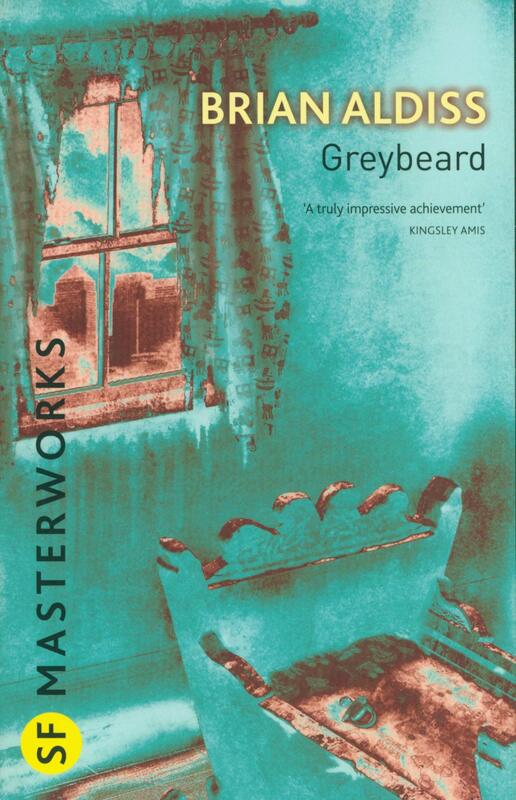
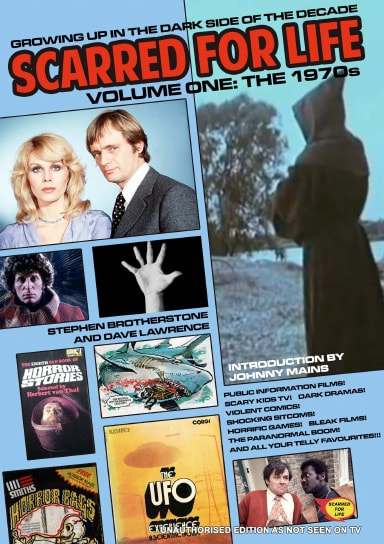
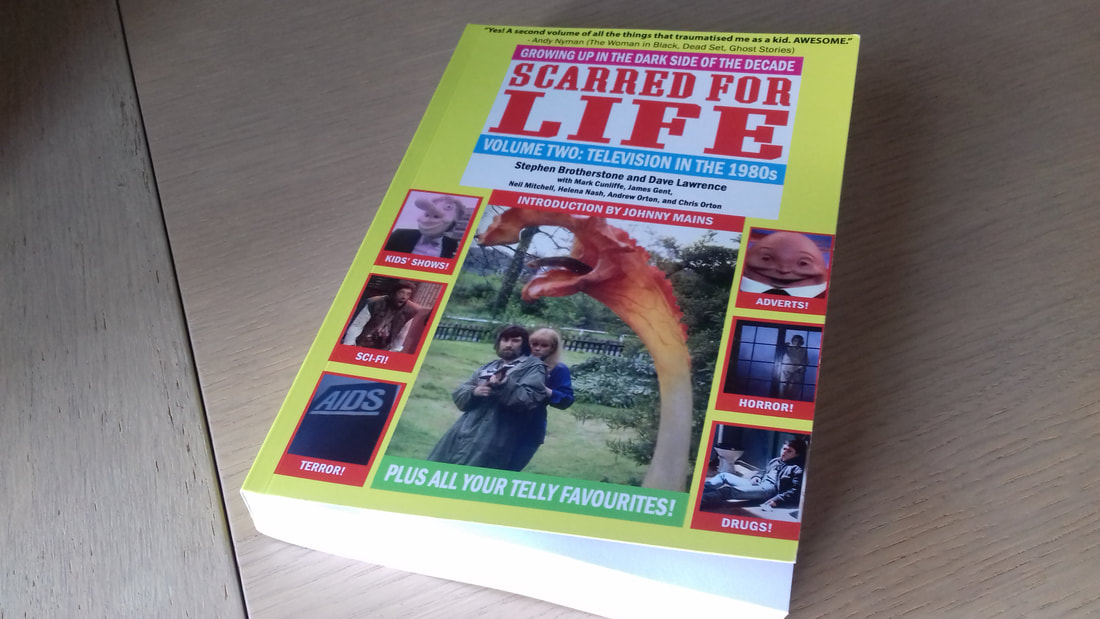
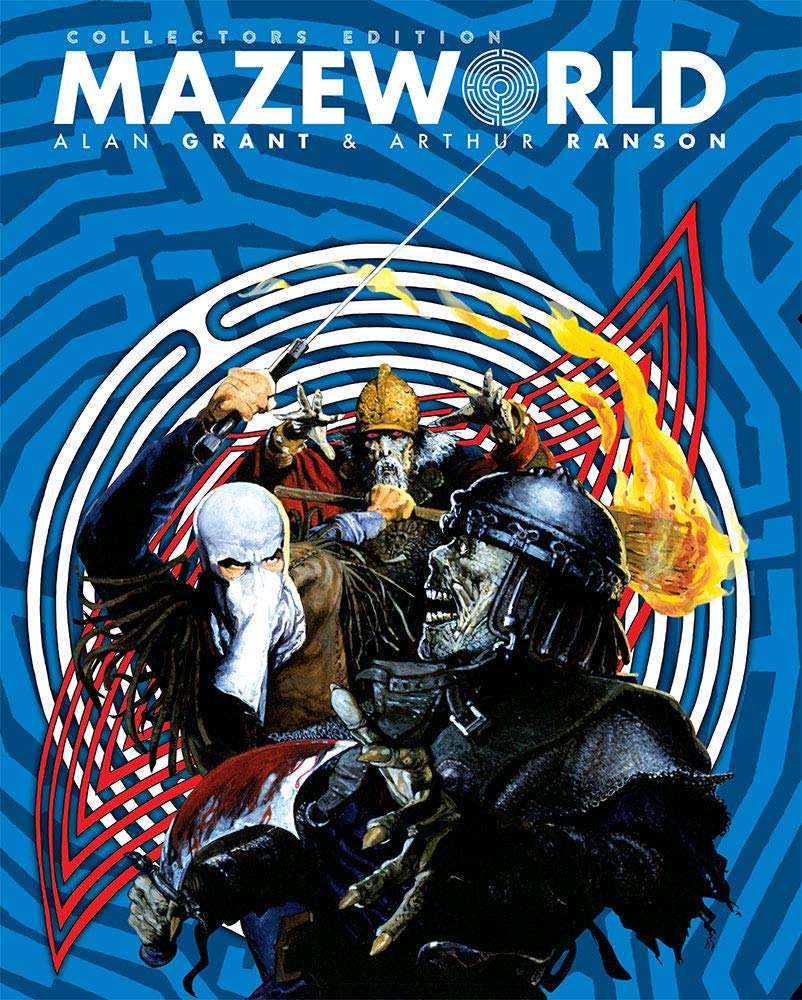
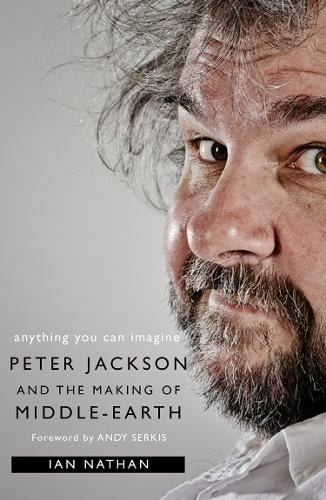



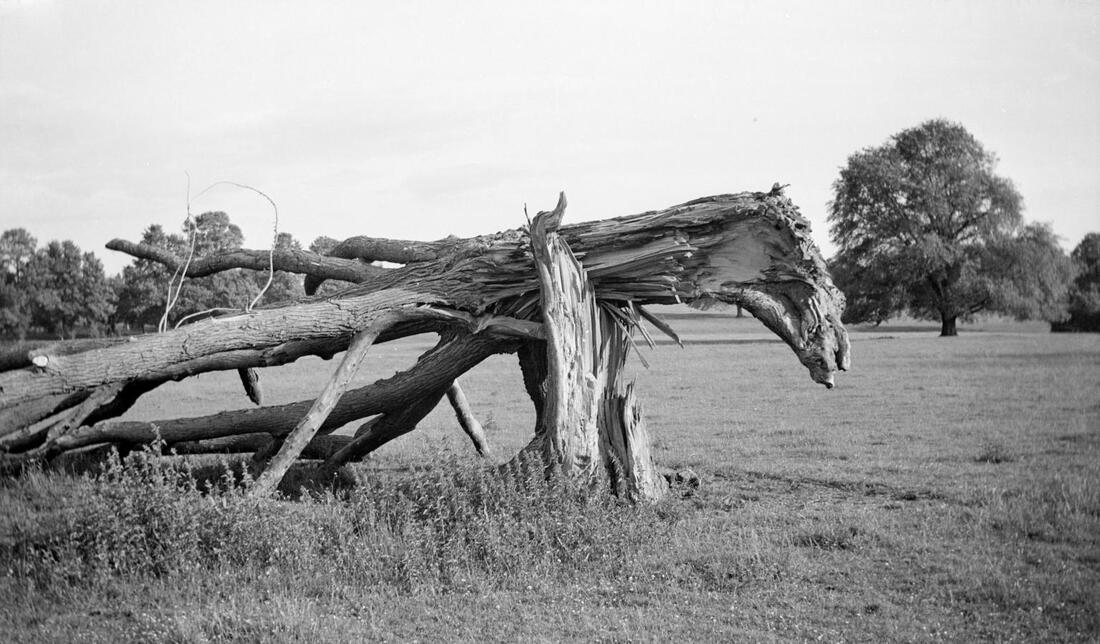
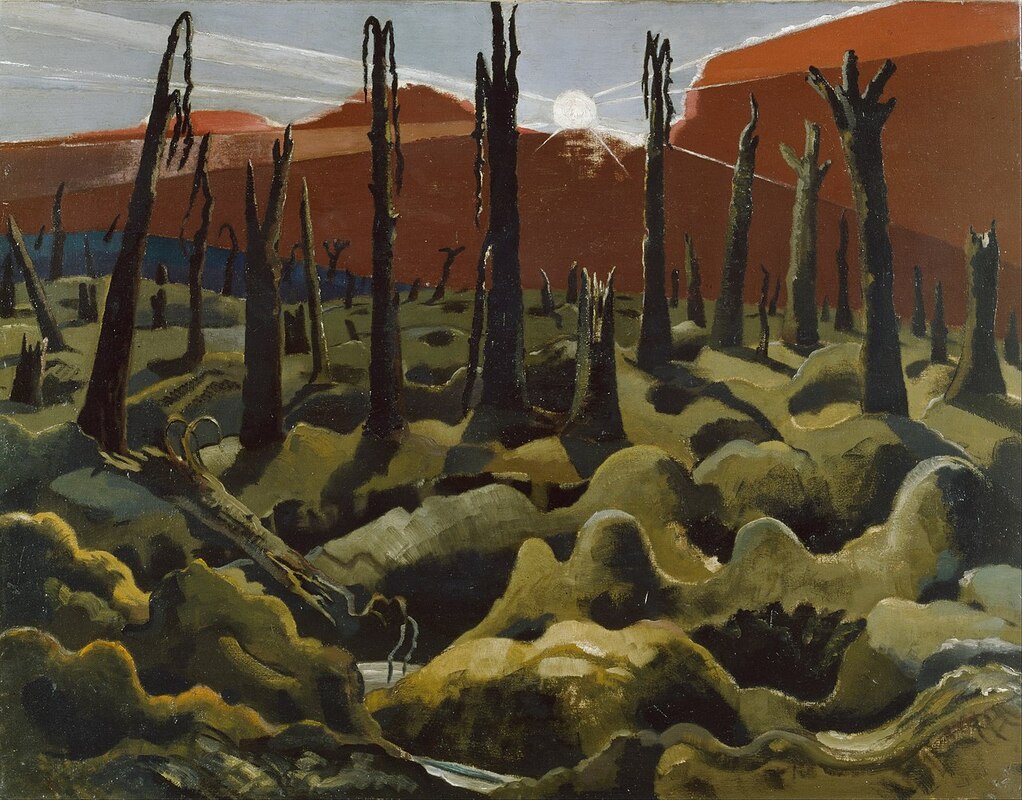
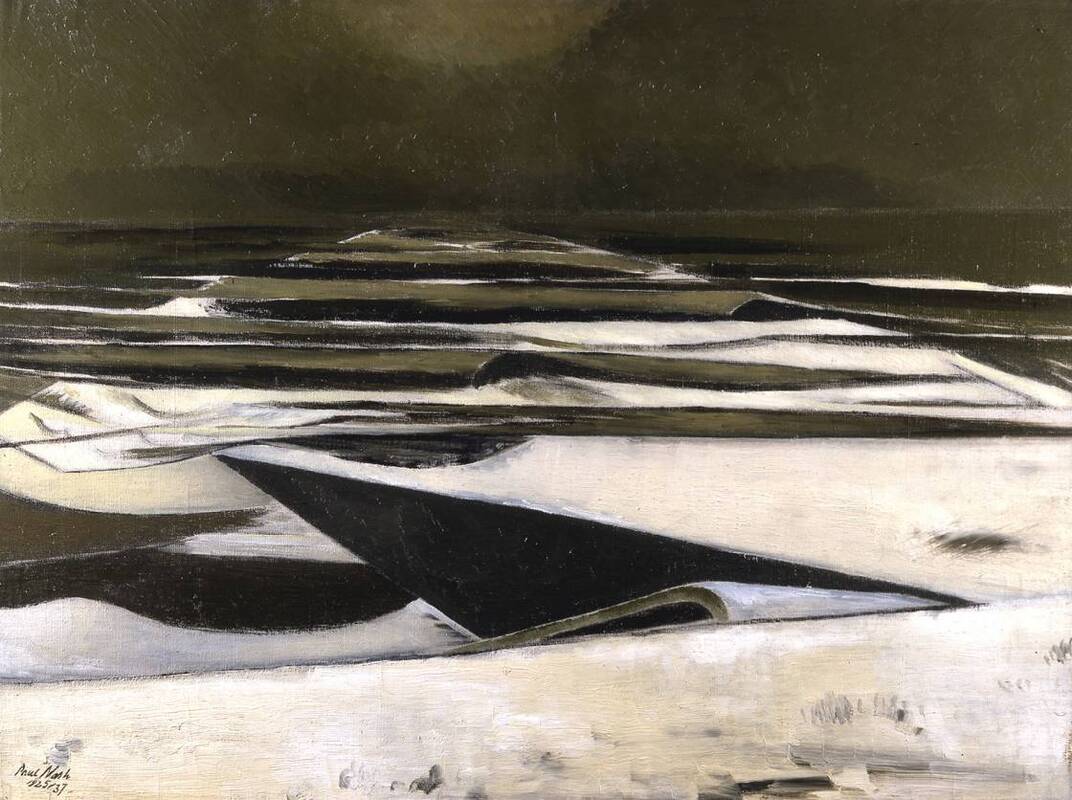

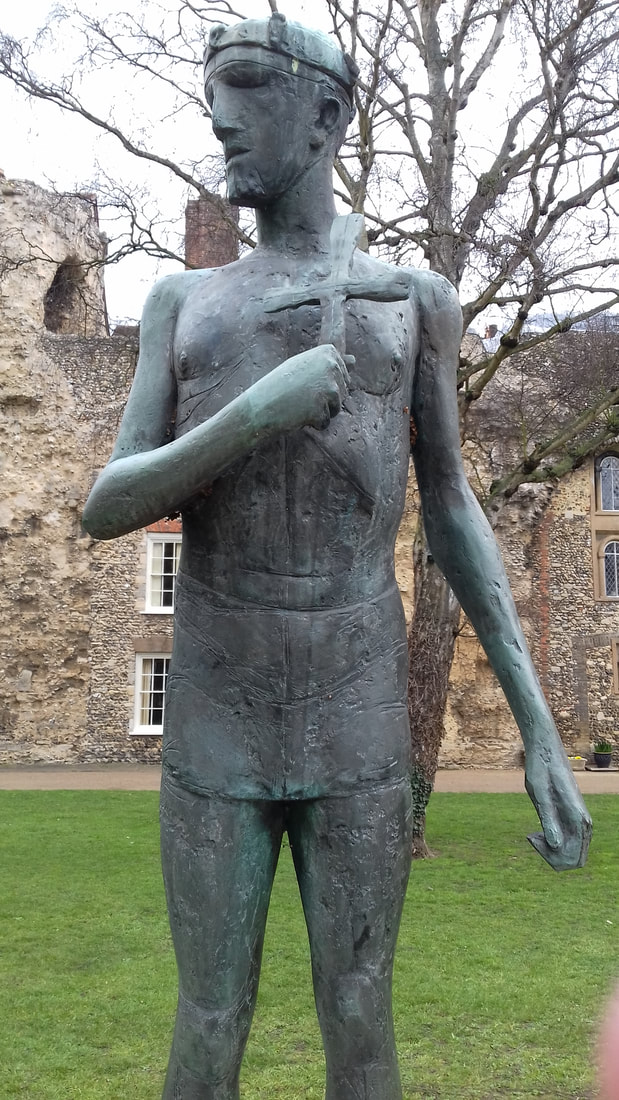



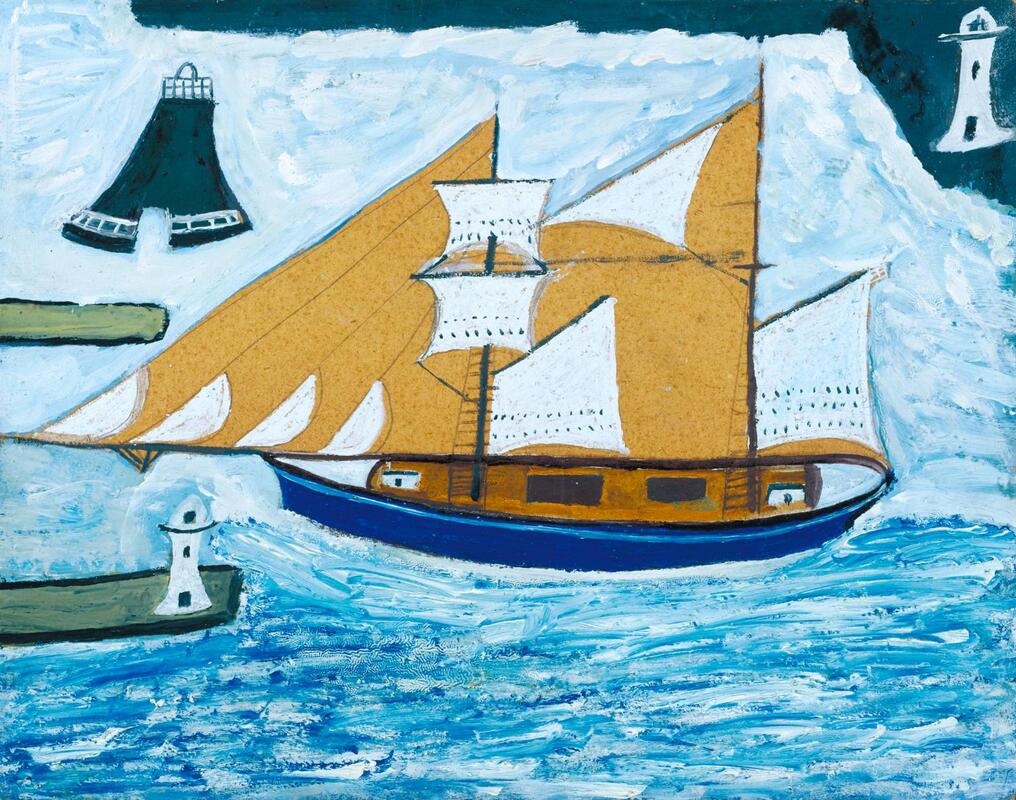

 RSS Feed
RSS Feed